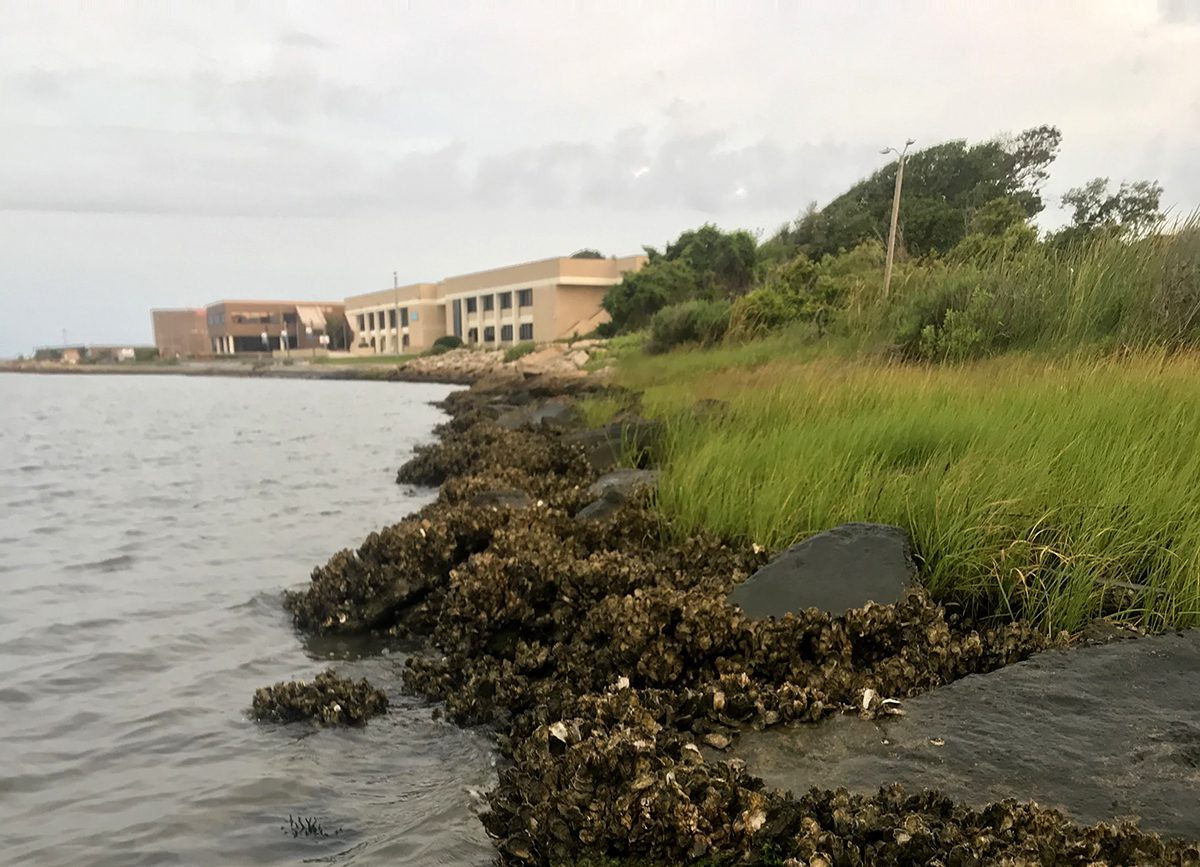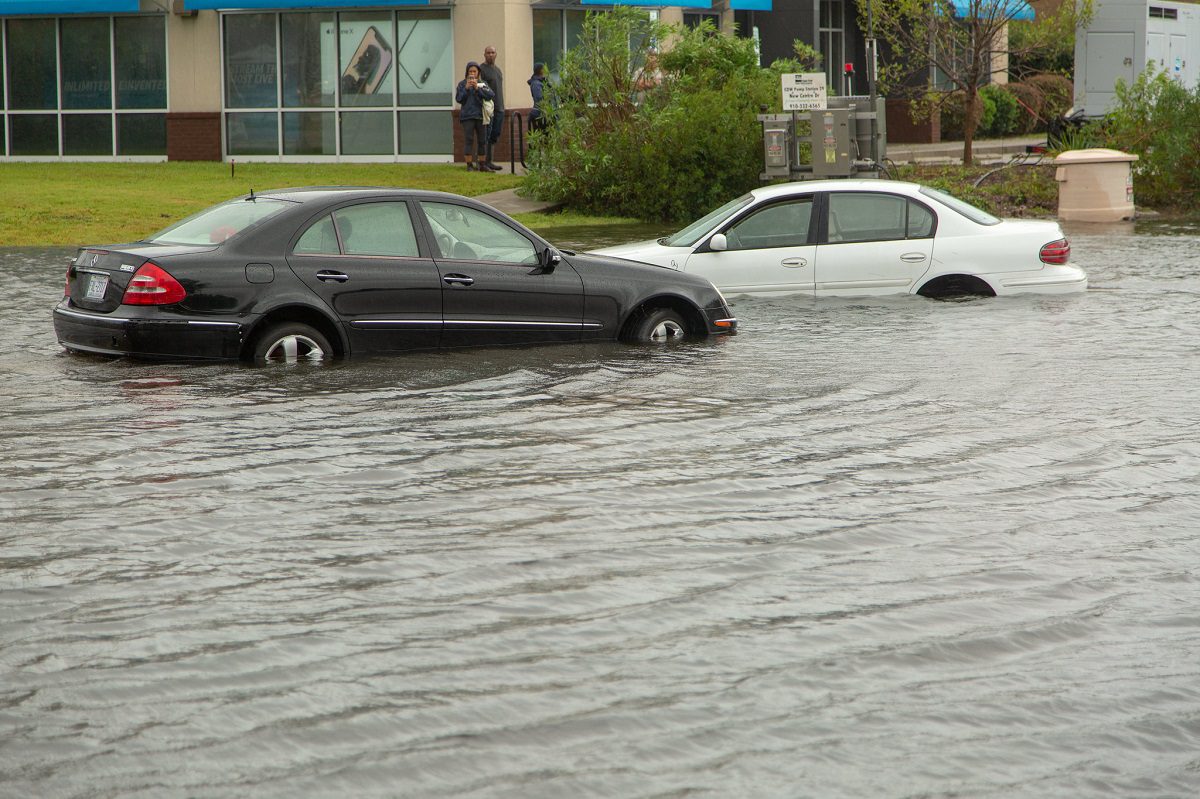
Nature-based infrastructure and new understanding of flooding and sea level rise must be considered in designs for all new state construction projects, according to a set of standards the North Carolina Department of Administration released Tuesday.
This includes higher elevation requirements for state construction in coastal areas and other provisions to make state government and university buildings more resilient.
Supporter Spotlight
Officials said the new Uniform Floodplain Management Policy updates design and construction requirements for flood-prone areas for the first time in more than 30 years. The policy will increase climate resiliency for public buildings and structures, save taxpayer money, protect public investments and promote nature-based design solutions, officials said.
Nature-based designs are those that incorporate into construction features that mimic processes or effects seen in nature, such as natural hydrology. The Federal Emergency Management Agency says such designs use sustainable planning, design, environmental management and engineering practices that weave natural features or processes into the built environment.
State construction officials said the policy promotes sustainable flood risk-management measures such as green roofs, constructed wetlands, rain gardens, permeable pavement, and vegetated swales. These design features are to help minimize or negate the effects that state-owned buildings have on drainage in surrounding areas.
“This policy makes North Carolina a national leader in protecting state government assets from the threats of climate change,” Gov. Roy Cooper said in a statement. “Constructing new state-buildings out of harm’s way from sea-level rise and flooding is the smart thing to do and will save taxpayer money for decades to come.”
It was Cooper’s Executive Order No. 266 issued in July 2022 that directed the department’s State Construction Office to update the floodplain policy with stakeholder input. The state departments of Environmental Quality, Transportation, and Emergency Management and the Office of Recovery and Resiliency were consultants and numerous design professionals, academic researchers and nature-based design proponents provided input and expertise.
Supporter Spotlight
The new rules apply only to the development of new state government-owned buildings.
Department of Administration officials said the goal was not only to protect state-owned assets and increase flood resiliency, but also to create a policy that could serve as a model for state, local and regional governments.
The new policy features provisions that officials described as “proactive and innovative” and that in some cases exceed National Flood Insurance Program-based regulations.
In addition to increasing elevation requirements for construction in coastal areas to account for increasing storm severity, frequency and anticipated sea level rise, the policy calls for preventing, with narrow exceptions, state-owned construction in what is known as the “100-year” and “500-year” floodplains. The state floodplain management policy had not been updated since 1990 during Gov. James Martin’s administration.
“In the three plus decades since North Carolina’s floodplain policy went into effect, research and real-life events have improved our understanding of floods, flooding, sea level rise, and hydrological best practices,” said Administration Secretary Pamela Cashwell. “In fact, four of North Carolina’s costliest and deadliest storms – Hurricanes Florence, Matthew, Floyd and Fran – have occurred since our flood policy was last updated. It’s imperative that North Carolina establish best practice guidance for smart development that also helps to preserve our environment and resources.”
Groups supporting the move have included the Southern Environmental Law Center, which submitted comments during the public process.
“While we understand that requiring all state construction to integrate nature-based
standards will require some state agencies to build technical expertise and capacity, now is the time for North Carolina to embrace the potential of nature-based solutions for unavoidable construction in floodplains,” the organization said in its comments.








